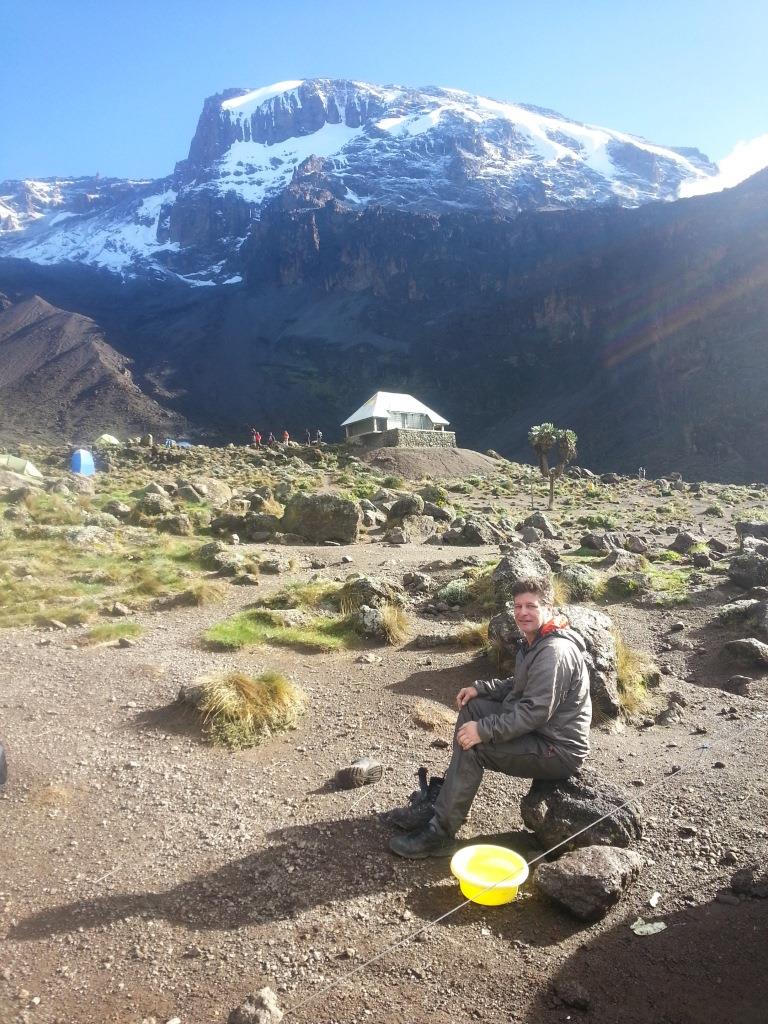Seven established routes to climb Mount Kilimanjaro give many options for you. The climbing routes- Marangu, Machame, Lemosho, Shira, Rongai, Northern Circuit and Umbwe-each have advantages and disadvantages.
Although we call it "climbing" Mt. Kilimanjaro, there is no mountain climbing involved. These routes are simple, straight-forward hiking routes, only taking on difficulty due to a combination of steepness and altitude.
While the southern Mweka route is only used for descent, the Marangu, Machame, and Umbwe routes all approach from the south. The Lemosho, Shira and Northern Circuit routes approach from the west, and the Rongai route approaches from the north. The following map shows the routes in a basic layout.
% of Climbers by Route
Machame (45%)
Marangu (40%)
Lemosho (8%)
Rongai (5%)
Shira (1%)
Northern Circuit (0%)
Umbwe (0%)
Reported success rate by number of days
5 days—27%
6 days—44%
7 days—64%
8 days—85%
all routes—45%




.jpg)

